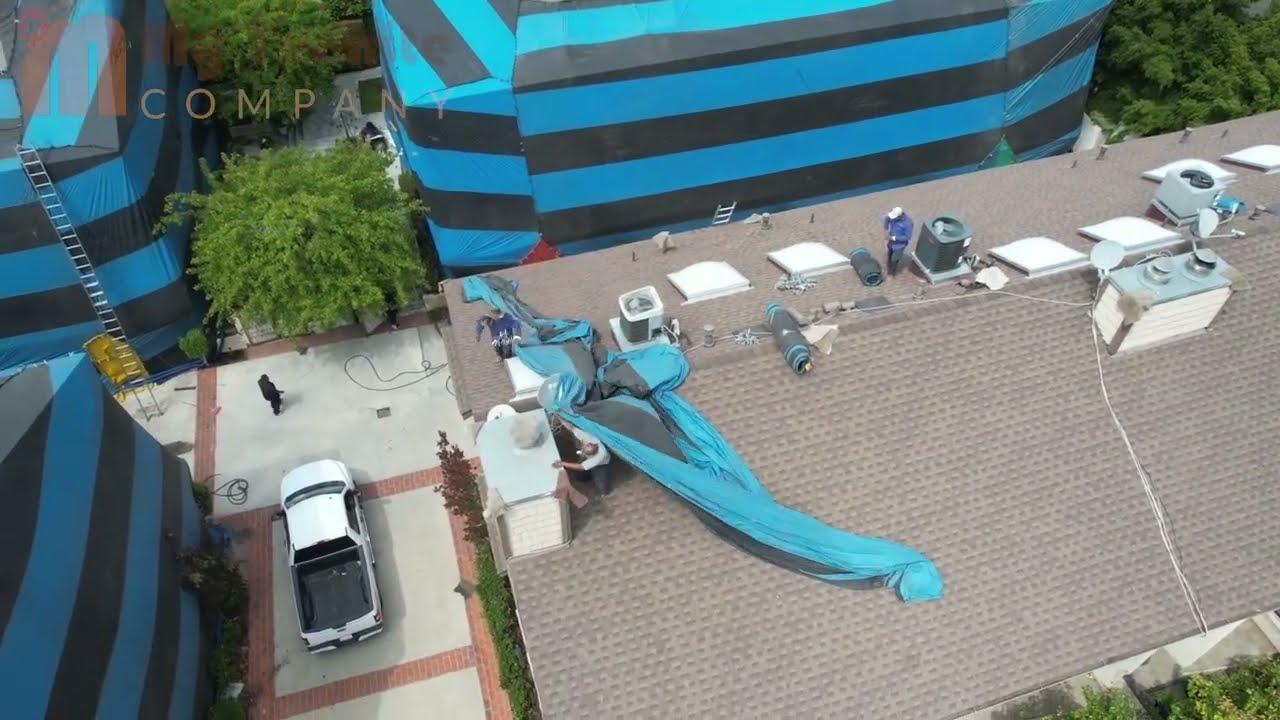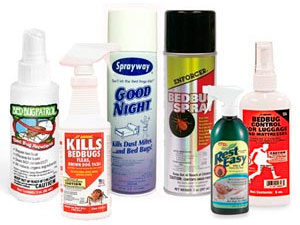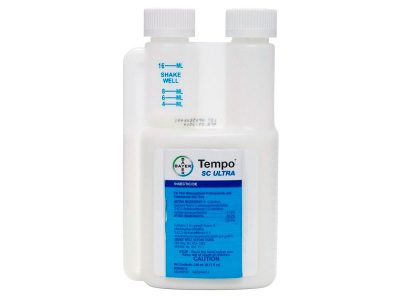Bed bugs are masters of infiltration. Their slim bodies and nocturnal feeding habits make them difficult to detect until an infestation becomes severe. When these blood-feeding pests have established a widespread presence in your home, tent fumigation offers one of the most thorough elimination methods available. This comprehensive guide walks you through everything you need to know about professional tent fumigation for bed bugs—from deciding if it’s right for your situation to ensuring bugs don’t return after treatment.
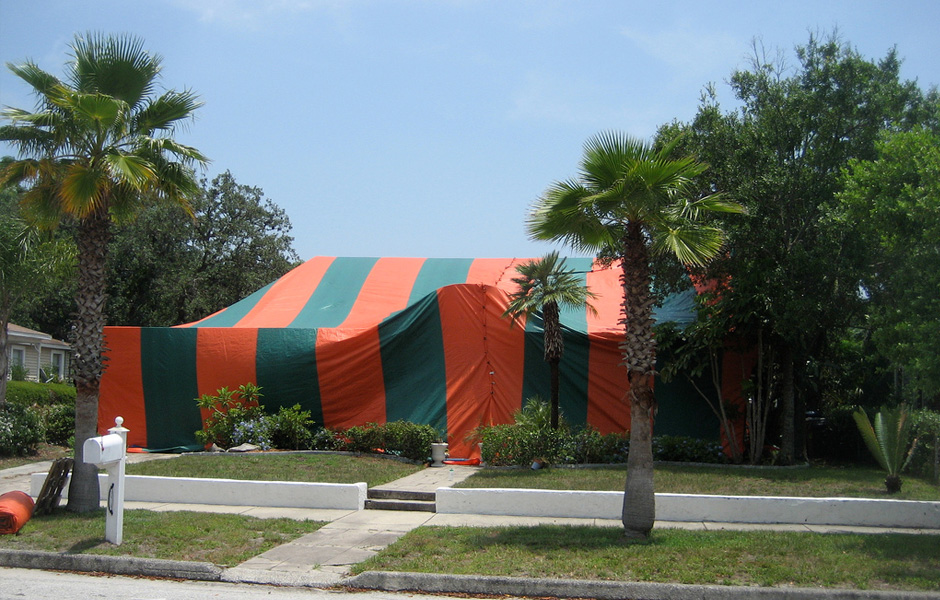
What is Bed Bug Tent Fumigation?
Tent fumigation (also called structural fumigation) is a comprehensive pest elimination process that involves completely sealing your home with specialized tarps and introducing a gaseous pesticide that penetrates every area of the structure. Unlike localized treatments, fumigation reaches bed bugs hiding in wall voids, furniture crevices, and other inaccessible areas.
Complete Penetration
The fumigant gas penetrates all areas of your home including walls, furniture, and personal belongings.
One-Time Solution
Unlike many other treatments that require multiple applications, fumigation typically eliminates all bed bugs in a single treatment.
Targets All Life Stages
The fumigant kills bed bugs at every life stage, including eggs, which are often resistant to other treatment methods.
Whole-Structure Treatment
Instead of treating room by room, fumigation addresses the entire structure simultaneously.
When to Consider Tent Fumigation
Tent fumigation is a significant undertaking that requires temporarily vacating your home. It’s typically reserved for severe or persistent infestations where other methods have failed or would be insufficient.
- You’ve tried other treatments without success. If you’ve already attempted heat treatments, professional insecticide applications, or DIY methods without eliminating the problem, fumigation may be necessary.
- The infestation has spread throughout multiple rooms. When bed bugs are found in several areas of your home, localized treatments become less effective.
- Bed bugs are found in walls, floors, or structural elements. If the pests have infiltrated areas that can’t be reached with conventional treatments, fumigation may be your only option.
- You need immediate, comprehensive elimination. While other methods might require multiple treatments over weeks or months, fumigation can eliminate an entire infestation in one procedure.
Tent fumigation is often considered the “nuclear option” for bed bug control—when nothing else has worked or when the infestation is too widespread for localized treatments.
The Complete Tent Fumigation Process
Understanding what happens before, during, and after tent fumigation will help you prepare properly and know what to expect.
Initial Inspection and Assessment
Before recommending fumigation, a qualified pest control professional will conduct a thorough inspection of your property.
- The technician will search for live bed bugs, eggs, molted shells, and fecal spots to confirm the infestation
- They’ll assess the extent of the infestation throughout your home
- The structure will be evaluated for fumigation suitability and any special considerations
- Measurements will be taken to determine the volume of fumigant needed
Pre-Fumigation Preparation
Proper preparation is crucial for a safe and effective fumigation. You’ll typically receive detailed instructions from your pest control company, but preparation generally includes:
- Secure or remove all food and consumables. Your fumigator will provide special sealed bags for food items that will remain in the home, or you can remove them completely. This includes food in refrigerators and freezers.
- Remove all people, pets, and plants. No living thing can remain in the home during fumigation. Plan for alternative accommodations for 1-3 days.
- Turn off air conditioning and heating systems. These will need to be deactivated during the fumigation process.
- Open interior doors and drawers. For maximum penetration, interior doors, cabinet doors, and drawers should be left open.
- Provide keys to the fumigator. The fumigation team will need full access to your home throughout the process.
- Trim back vegetation. Plants within about a foot of your home should be trimmed back to allow proper tent placement.
- Remove or double-bag valuables. While fumigation doesn’t damage most items, some people prefer to remove valuables or medical devices.
Fumigation gases are harmful to humans and pets, not just bed bugs. Never attempt to enter your home during the fumigation period, and always wait for official clearance before re-entering.
The Fumigation Procedure

While you’re away from your home, the fumigation team will:
- Tent the entire structure
Special tarps will be placed over your entire home and sealed at the foundation with specialized clamps or sand/water snakes. The tenting creates an enclosed environment to contain the fumigant. - Secure the property
Warning signs will be posted and secondary locks installed to prevent unauthorized entry during the fumigation process. - Release the fumigant
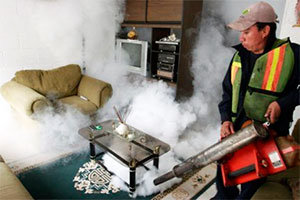
The fumigation team will release a precisely calculated amount of fumigant gas inside the tented structure. The most commonly used fumigant for bed bugs is sulfuryl fluoride (often sold under the brand name Vikane). - Monitor gas concentration
Throughout the fumigation period, technicians will monitor gas levels to ensure lethal concentrations are maintained long enough to kill all bed bugs and their eggs. - Maintain the tent
The team will check the tent periodically to ensure it remains properly sealed for the duration of the treatment. - Aeration
After the required exposure period (typically 24-72 hours depending on various factors), the tent will be removed and the home thoroughly aerated to remove all traces of the fumigant.
Post-Fumigation Verification and Re-Entry
Before you can return to your home, important safety steps must be completed:
- Gas testing. The fumigator will test the air quality throughout your home to ensure gas levels are safe for re-entry.
- Clearance certification. Once safe levels are confirmed, you’ll receive official clearance to re-enter your home.
- Final inspection. The pest control company may conduct a follow-up inspection to verify treatment success.
- Documentation. You should receive a fumigation certificate documenting that your home has been professionally treated.
When you return home, you can expect all bed bugs—adults, nymphs, and eggs—to be eliminated. Unlike some treatments that leave dead bugs visible, fumigation often leaves little visible evidence of the infestation.
Cost of Tent Fumigation
Tent fumigation represents a significant investment, but many homeowners find it cost-effective when considering the alternative of ongoing infestations or repeated failed treatments.
Several factors influence the cost of tent fumigation:
Home Size
Larger homes require more fumigant and larger tents, increasing the cost. Expect to pay approximately $4-$7.50 per square foot.
Location
Prices vary significantly by region due to differences in labor costs, local regulations, and competition.
Structure Type
Multi-story buildings, attached homes, or homes with complex roof lines may incur additional costs.
Treatment Duration
Longer fumigation periods (for larger homes or severe infestations) increase labor costs.
While the initial cost is higher than other treatment methods, tent fumigation often proves more economical in the long run by eliminating the need for repeated treatments.
Choosing a Fumigation Company
Tent fumigation involves powerful pesticides and requires specialized training and equipment. Selecting a qualified company is crucial for both safety and effectiveness.
- Proper licensing. Verify that the company has the specific licensing required for structural fumigation in your state. This typically requires additional certification beyond standard pest control licensing.
- Fumigation experience. Ask how many fumigations the company has performed specifically for bed bugs. Experience with termite fumigation is valuable but may not translate directly to bed bug expertise.
- Insurance coverage. Ensure the company carries adequate liability insurance to protect you in case of accidents or property damage during the fumigation process.
- Written guarantees. Reputable fumigation companies typically offer guarantees against bed bug return for a specified period after treatment.
- Detailed contract. The fumigation agreement should clearly outline the entire process, safety measures, and what happens if bed bugs are found after treatment.
- References and reviews. Check online reviews and ask for references from previous fumigation customers specifically.
According to the Federal Trade Commission (FTC), the number of businesses making impractical claims about their abilities to eradicate bed bugs has increased. Take time to thoroughly research any company before hiring them for fumigation services.

Questions to Ask Potential Fumigation Companies
What to Do After Fumigation
While tent fumigation effectively kills all bed bugs present during treatment, it doesn’t prevent new infestations. After returning to your fumigated home:
- Monitor for bed bug activity. Though unlikely immediately after fumigation, check for signs of bed bugs periodically in the weeks following treatment.
- Implement prevention measures. Use mattress encasements, reduce clutter, and vacuum regularly to make your home less hospitable to future bed bug introductions.
- Be careful when traveling. Inspect hotel rooms, keep luggage off floors and beds, and check/clean items upon returning home.
- Inspect secondhand items. Carefully check any used furniture, clothing, or other items before bringing them into your home.
- Keep your fumigation certificate. This documentation can be valuable if you sell your home or if questions arise about the treatment.
Post-Fumigation Prevention Tips
- Vacuum your carpets and furniture regularly
- Wash bedding weekly in hot water and dry on high heat
- Use bed bug-proof mattress and box spring encasements
- Reduce clutter that provides hiding places
- When traveling, keep luggage elevated on racks and away from beds
- Consider using luggage liners when traveling
- Inspect hotel rooms before settling in (check mattress seams, headboards, etc.)
- Wash and heat-dry all clothing after traveling
Troubleshooting: What If Bed Bugs Return?
While tent fumigation has a very high success rate when performed correctly, it’s important to know what to do if you suspect bed bugs have returned or survived treatment.
- Confirm it’s actually bed bugs. Other insects like carpet beetles, bat bugs, or spider beetles can be mistaken for bed bugs. Have a professional make a positive identification.
- Contact your fumigation company. If your treatment included a guarantee period, the company should return to investigate and potentially retreat at no additional cost.
- Determine the source. If bed bugs appear months after successful fumigation, it’s likely a new introduction rather than treatment failure. Consider recent travels, visitors, or secondhand purchases.
- Consider targeted treatment. For small, isolated re-infestations, localized heat or chemical treatments may be sufficient rather than another full fumigation.
- Review your prevention practices. Strengthen your bed bug prevention measures to avoid future problems.
Bed bugs found immediately after properly executed fumigation is extremely rare. If you see live bed bugs within days of returning to your home, contact your fumigation provider immediately for inspection.
Conclusion
Tent fumigation represents the most comprehensive approach to eliminating severe bed bug infestations. While it requires significant preparation, temporary relocation, and investment, it offers the highest success rate for complete eradication in a single treatment.
By understanding the entire fumigation process, from initial inspection through post-treatment verification, you can make an informed decision about whether this approach is right for your situation. When properly executed by qualified professionals, tent fumigation can provide the definitive solution to even the most persistent bed bug problems, allowing you to reclaim your home and peace of mind.
If you’re considering tent fumigation, start by consulting with several licensed, experienced pest control providers to compare their approaches, guarantees, and pricing. Remember that with bed bugs, addressing the problem thoroughly the first time is often more cost-effective than multiple rounds of less comprehensive treatments.
